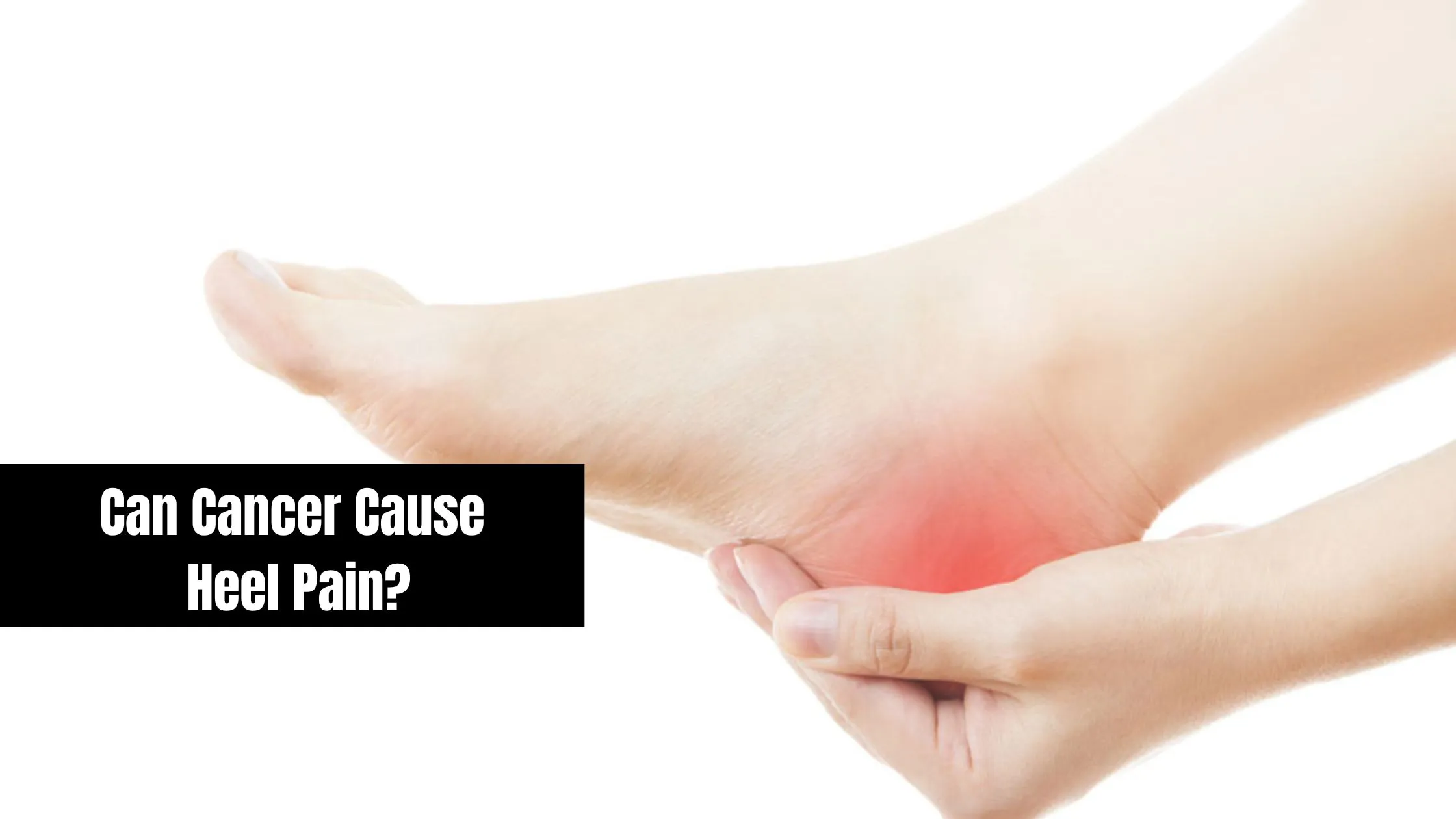Want to know how long does laryngitis last? Well, you have landed on the right article.
Laryngitis is a condition that causes inflammation of the voice box, leading to hoarseness or temporary loss of voice. While the duration of laryngitis can vary, it typically lasts for a few days to a couple of weeks. In this article, we will explore the factors affecting its duration, common symptoms, possible causes, and practical tips for managing and recovering from this condition. Understanding the timeline of laryngitis can assist individuals in coping with their temporary voice impairment and working towards vocal restoration.
What is laryngitis?
Laryngitis occurs when inflammation affects the larynx or voice box. It can be caused by excessive use, irritation, or infection of the vocal cords. Normally, the vocal cords vibrate smoothly to produce sound, but when they become swollen, the sound passing through them becomes distorted. This leads to a weak or hoarse voice.
Causes of laryngitis?
Laryngitis can have various causes, which can differ depending on whether it is acute or chronic in nature:
Causes of Acute Laryngitis
- Temporary strain on the vocal cords due to excessive yelling, singing, or frequent speaking.
- Infections caused by viruses.
- Infections caused by bacteria.
- Candida (yeast) infections.
Causes of Chronic Laryngitis
- Persistent vocal cord strain due to prolonged voice overuse.
- Chronic sinusitis.
- GERD (chronic acid reflux).
- Smoking.
- Heavy alcohol consumption.
Who can get laryngitis?
Laryngitis can impact individuals of any age group. Certain factors increase the susceptibility to this condition, including:
- Excessive use of the voice.
- Regular exposure to tobacco smoke.
- Heavy alcohol consumption.
- Presence of respiratory infections like bronchitis or sinusitis.
- Being immunocompromised or using inhaled steroids, which can raise the risk of fungal laryngitis.
Laryngitis common symptoms
The majority of laryngitis symptoms are temporary and typically resolve within a duration of less than two weeks. Typical indications of laryngitis include:
- Hoarseness or a weakened voice.
- Voice loss.
- Sore throat.
- Tickling or raw sensation in the throat.
- Dry cough.
- Dry throat.
How long does laryngitis last?
Laryngitis refers to the inflammation of the larynx, or voice box. In the majority of cases, laryngitis resolves on its own within approximately one week without requiring treatment. The symptoms of laryngitis often emerge suddenly and typically worsen over a span of two to three days.
How is laryngitis Treated fast?
There are several self-care methods and home treatments that can help alleviate the symptoms of laryngitis and minimize strain on your voice:
- Inhale moist air or use a humidifier.
- Rest your voice as much as possible.
- Stay hydrated by drinking ample fluids (avoid alcohol and caffeine).
- Keep your throat moisturized.
- Steer clear of decongestants.
- Refrain from whispering.
When to see my healthcare provider?
In the majority of cases, managing laryngitis involves voice rest and maintaining proper hydration. However, if the symptoms persist for more than two weeks, it is advisable to make an appointment with your healthcare provider.
Immediate medical attention should be sought if laryngitis symptoms are accompanied by:
- Difficulty breathing.
- Persistent fever.
- Worsening pain.
- Coughing up blood.
Conclusion
In conclusion, the duration of how long does laryngitis last can vary based on its underlying causes, individual factors, and adherence to recommended treatments. Acute laryngitis, often caused by infections or overuse of the vocal cords, usually lasts around 1 to 2 weeks with proper rest and care. Chronic laryngitis, which may be due to ongoing irritants or underlying medical conditions, can persist for weeks to months. It’s crucial to consult a healthcare professional if symptoms endure beyond the expected duration or if they significantly impact daily activities. Practicing voice hygiene, staying hydrated, and avoiding irritants are essential strategies to support healing and prevent recurrence. Overall, understanding the expected duration of laryngitis and following medical guidance can facilitate a smoother recovery process and restore vocal health effectively.
FAQ
Q1: How long does acute laryngitis usually last?
Ans: Acute laryngitis typically lasts for a few days to two weeks.
Q2: What can I do to relieve laryngitis symptoms?
Ans: Rest your voice, stay hydrated, and breathe moist air to alleviate symptoms.
Q3: When should I see a doctor for laryngitis?
Ans: If laryngitis symptoms persist for more than two weeks, consult a healthcare provider.
Q4: What are the common causes of chronic laryngitis?
Ans: Chronic laryngitis can be caused by vocal strain, chronic sinusitis, GERD, smoking, or heavy drinking.
Q5: What are the red flag symptoms of laryngitis?
Ans: Seek immediate medical attention if experiencing difficulty breathing, persistent fever, worsening pain, or coughing up blood.













